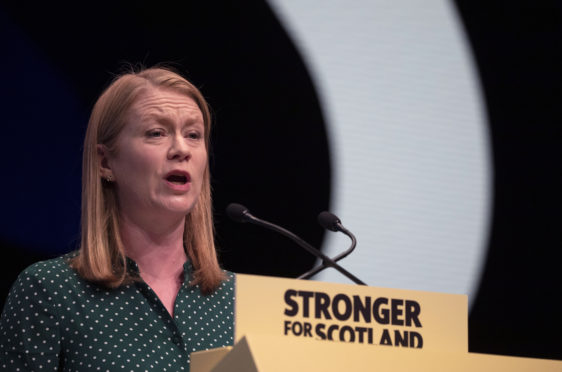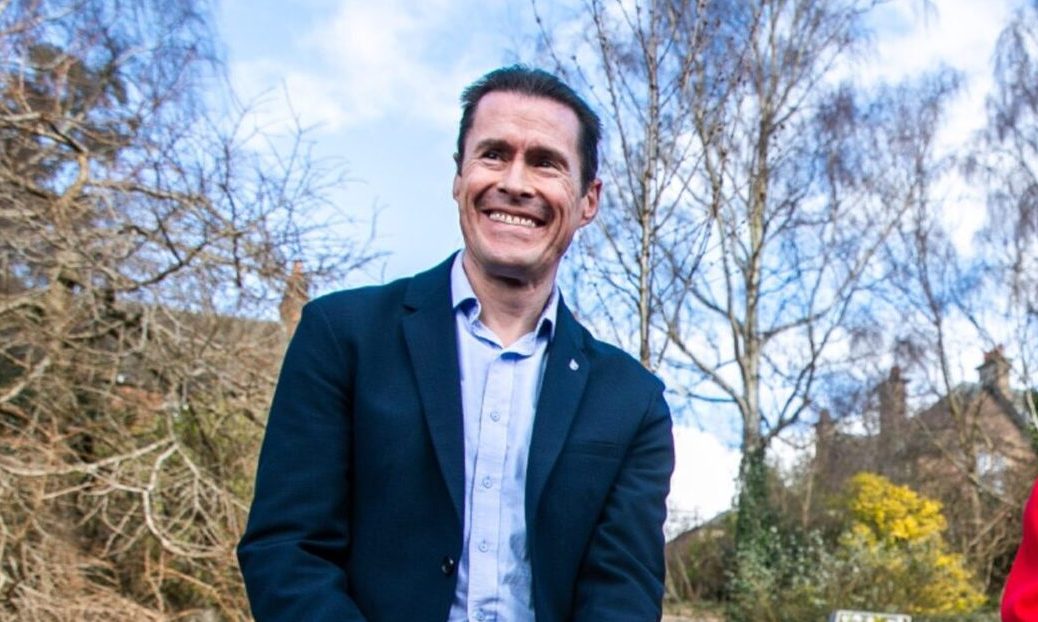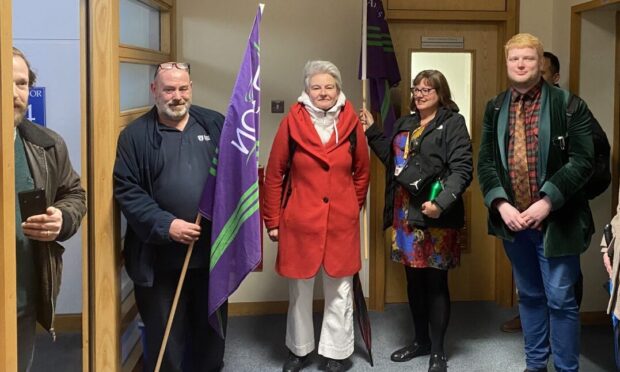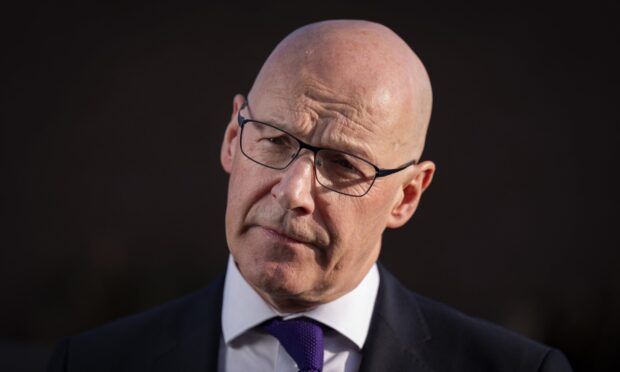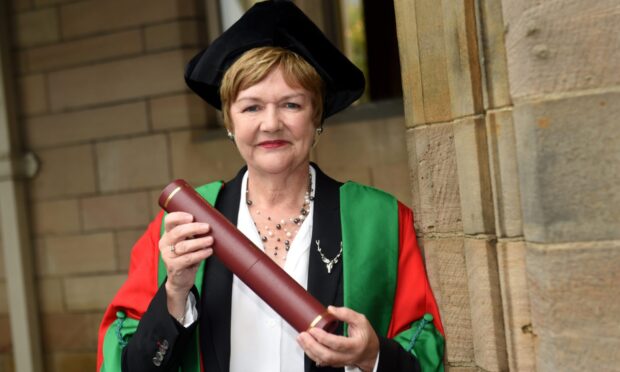Legislation to reform the process for obtaining legal gender recognition has been published by the Scottish Government.
A draft Bill has been set out that aims to remove barriers currently in place for an individual to secure the legal recognition of their gender identity.
Included in the Bill is a proposal to scrap the requirement for people to apply to the UK Gender Recognition Panel – instead, they would apply to the Registrar General for Scotland.
It would also remove the requirement for applicants to provide medical evidence of their diagnosis of gender dysphoria, while retaining the requirement that applicants must make a solemn statutory declaration that they have been living in their acquired gender for three months and intend to do so permanently.
A minimum three-month period of reflection between applying for a Gender Recognition Certificate and confirming the application would also be introduced as part of the Bill.
It would mean applicants must have lived in their acquired gender for a minimum of six months before a certificate is granted.
The legislation would also retain the position that a false statutory declaration is a criminal offence and introduce a new offence of false application – each with a potential punishment of up to two years’ imprisonment.
Meanwhile, the minimum age of application would also be reduced from 18 to 16 as part of the proposals.
The reforms, which follow best practice adopted in other countries such as Ireland, Denmark and Norway, do not alter the long-standing rights of trans men and women to change gender nor do the reforms change the rights of women and single-sex exceptions in the Equality Act.
Equalities Secretary Shirley-Anne Somerville said: “We are proposing these reforms because the current system is viewed by many wishing to apply as traumatic and demeaning.
“A previous consultation on reform showed a majority in support for our proposals but also some concerns.
“There have always been trans people in society and for the past 15 years they have been able to legally change their gender through obtaining a Gender Recognition Certificate.
“We are proposing to make the current process less stressful whilst continuing to recognise the seriousness of the decision to live your life in a different gender.”
